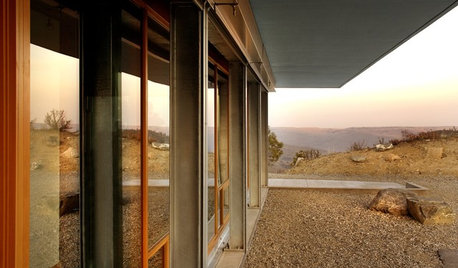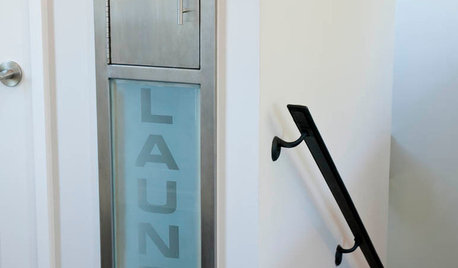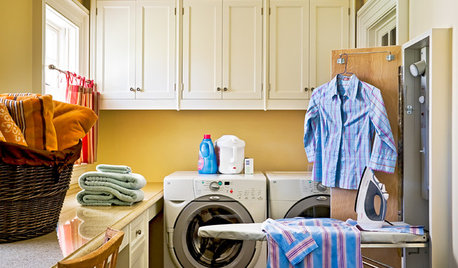I think the general economic and energy anxieties have fueled my own interest in discovering easy ways to save and conserve.
Of course, one could spend quite a bit on energy-saving tech.. but that is VERY expensive. I'm interested in the easy stuff, and I think I have found some significant tricks if you can tolerate the mini-hassles of it.
#1. Ok, so we have discussed clothes lines. BTW, I think that it not only saves energy, a bit of utility $$$, and wear and tear on the dryer... but is it possible that it saves wear on your clothes? Tumbling around in that dryer for 40 minutes seems brutal!
#2. Water --> my bucket method:
My central a/c cranks out lots of condensation... like 3 gallons a day on a hot day.
When I shower, I waste about two gallons running the water as I wait for it to get warm...and I shower twice daily.
Also in the shower, I spend a lot of time soaping up as clean water uselessly gushes from the shower head. That has got to be at least 8 gallons... probably more.
So we're already talking about 13+ gallons of water that can be captured *daily*.
390 gallons a month!
In addition: somewhere around 10 gallons of grey water comes out of the rinse cycle of my washer... now we're up to well over 400 gallons.
So I have been using my own willy nilly method of capturing this stuff and re-using it. Very primitive
I keep a bucket under the A/C condensation hose, a bucket under the shower spigot as I wait for it to turn warm, and a bucket that can capture the rinse water from my washing machine.
When I flush the toilet, I use this water to refill the tank rather than using the usual fresh clean water. It is truly ridiculous to use *drinking water* to transport human waste!
Already, in one easy step I created a toilet that uses recycled (and free) water that would have otherwise been wasted. In effect, the toilet is now a zero-gallon toilet.
I use the most biodegradable soaps I can find for my clothes.
The rest of the captured water can be used for watering my newly planted sapling trees(I generally use my cleanest water for that), or soaping up the car when I wash it.
In the shower itself, I have decided to just turn off the water when it comes down to soap/lather time. This probably shortens the "water-running" time by 75%!... in addition, I try to be quick when I rinse off.
There are many shower heads that have a "trickle" mode that makes it even easier to do this. You just press a button and the water just dribbles out as you lather up.
This won't be as easy in the winter because standing in a shower, all wet, with no steaming water flowing would be tough if the air is chilled!
Washing dishes, I am now using one of those plastic tubs in the sink like my grandma used. I allow the tub to gradually fill with dirty dish rinse/soap water. This is the water I use to soak dishes, scrub the big stuff off, and only then do I allow clean water to run for the final rinse. (Is this the reason for "the sink tub" in the first place?). Formerly, I just blasted the clean water throughout the whole deal.
With this low-tech, ghetto conservation method, I am guessing that I have cut my own water usage by well over 60% if not much more.
In my area, it is water, not electricity, that is so very expensive. Sewage costs are based on water usage and the sewage costs are big around here... and this is what makes water so costly.
I have been engaged in this practice for about a month and a half, and I get better at my technique with each passing day... so I am interested in seeing the upcoming utility bills.
My live-in girlfriend is tolerating this method of mine fairly well... although she hasn't adopted my no-water-lathering method!
For some reason, this deal is kind of entertaining!
Next, I'm am going to try to practice Hypermiling.













dadoes
qdognj
Related Discussions
nlon stocking verses Jelly bag & cheese cloth
Q
pic of hawaii cutting etc,etc.
Q
Cabrio Washer No Agitator Hard On Clothes/ Doesn't clean well??
Q
Clothes Lines
Q
chisue
msmarion
quirk
behaviorkeltonOriginal Author
chisue
quirk
chisue
quirk
chisue
mary_c_gw
quirk